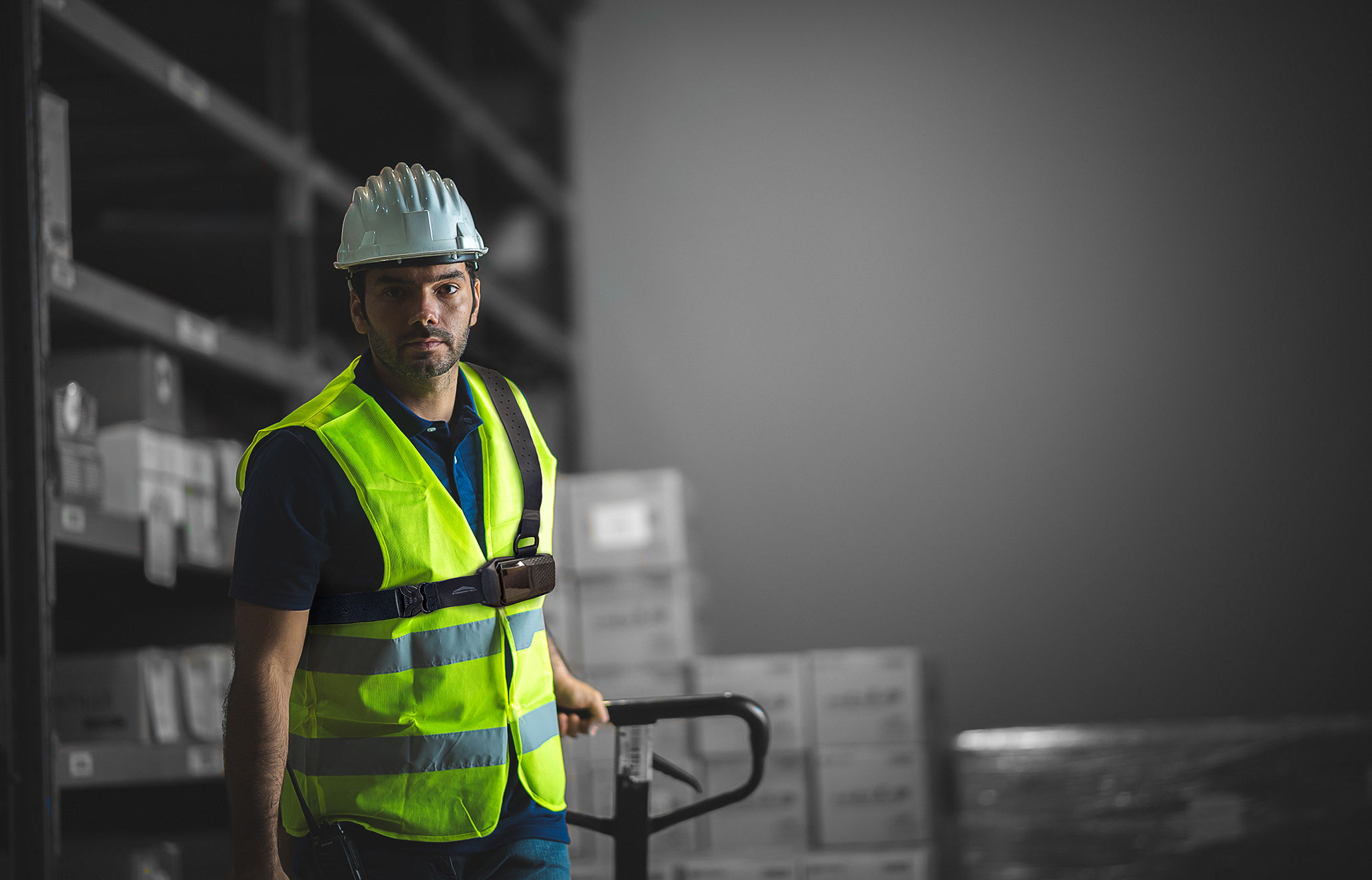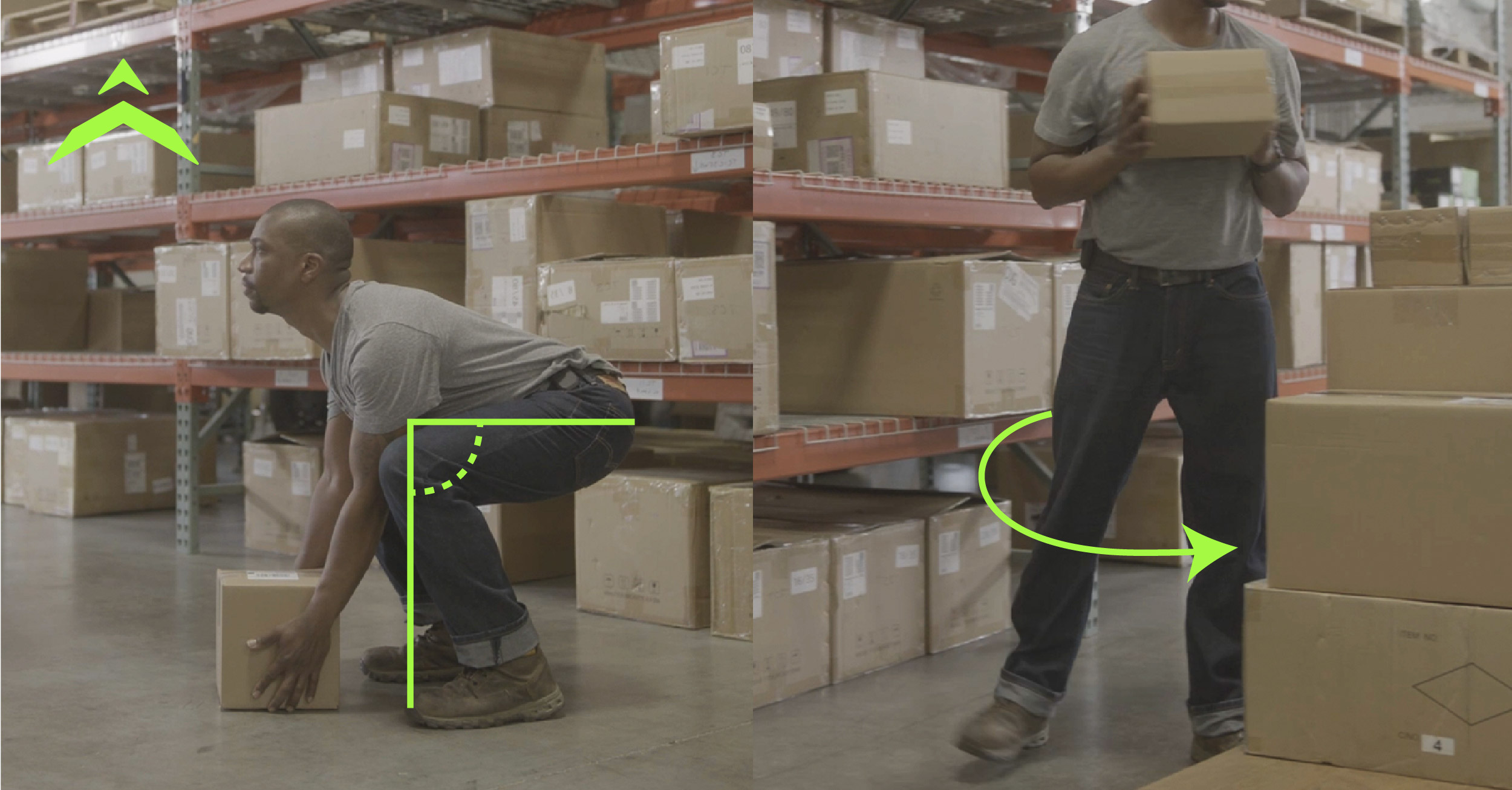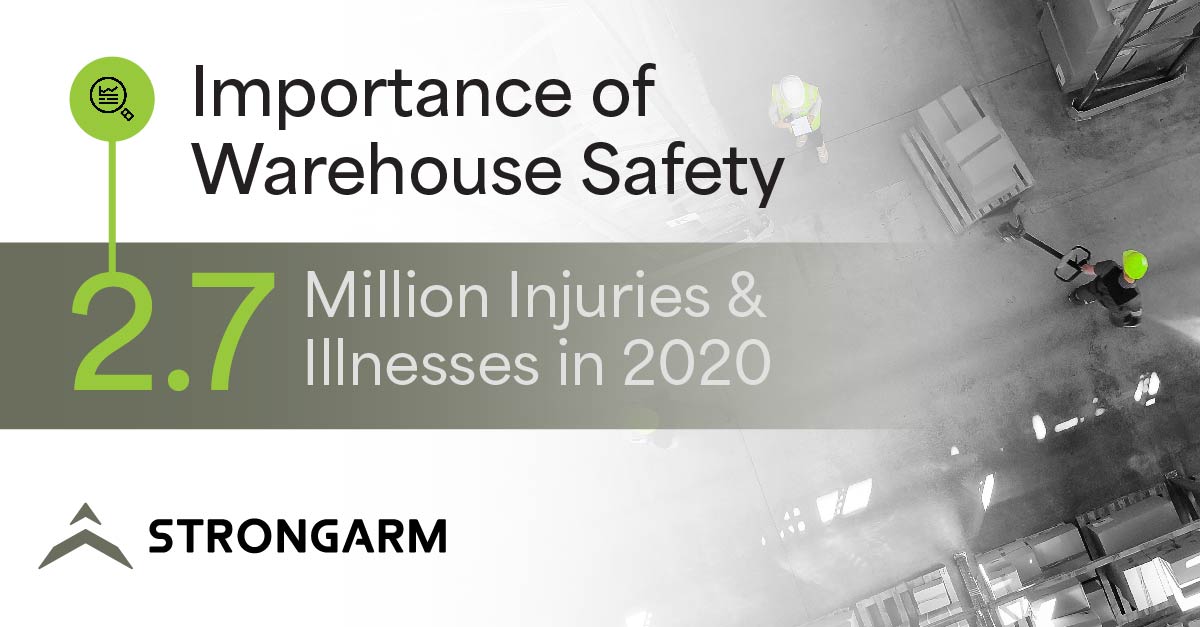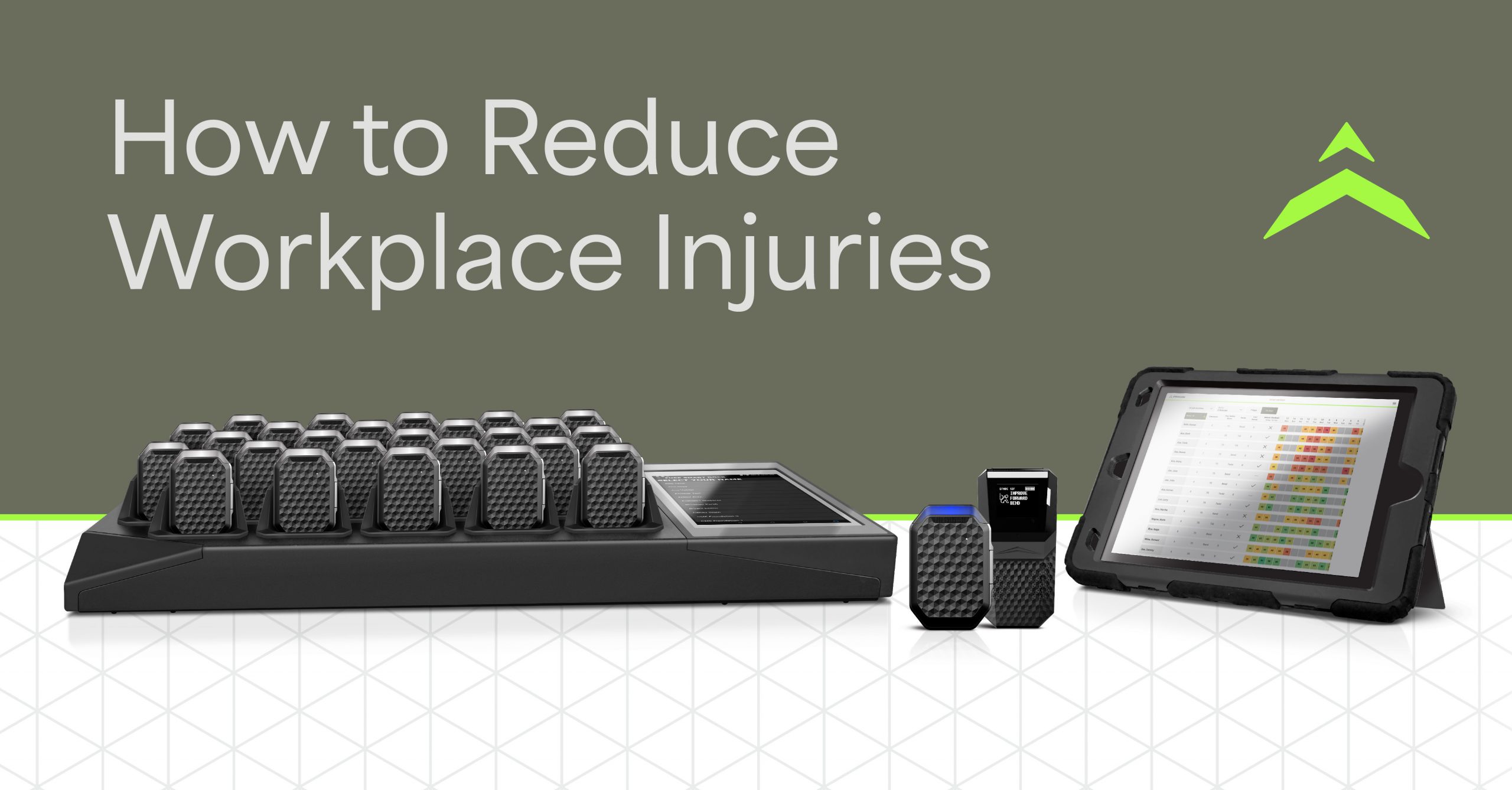Why Your Workforce Will Benefit from Safety Wearables
Without a safety data benchmark, what have you got?
Objectively speaking, safety wearables provide real-time feedback to keep the workforce safer on the job. By providing important insights into the day-to-day working environment, the benefits extend well beyond the workday.
A safety wearable is a sensor that is attached to the body through a variety of ways (harness, belt loop, etc.) The sensor can collect multiple safety data inputs, centering on ergonomic movements and stress factors. The safety wearable is like a coach in the weight room, looking out for the well-being of their athletes throughout their entire workout.
The Industrial Athlete receives real-time vibrational alerts if they move their body in a risky manner such as bending too deep to pick up a box or twisting too far to set one down. This proactively warns them that their chances of injury are elevated, resulting in positive behavior changes and reducing employee injuries.
Unfortunately, without safety wearable programs in place, safety leaders are at a disadvantage when it comes to making operational changes relative to their peers in other departments. The data set they often have to work from is filled with lagging data (incidents, accidents, OSHA recordables, near misses, worker’s comp claims) — events that have taken place in the past.
This makes the job of pinpointing exactly what changes one can and should implement challenging; worse yet, it may take years to determine if a change they implement has a positive outcome.
With all of the technology that is present in our everyday lives, from step counters to smart watches, even radar tracking of golf putts, safety leaders have recognized the importance of investing in wearable technology in the workplace: Not only can it be used to incent the right behavior, but it can also be used as a backbone to drive a positive safety culture.
Gamification
Safety wearables are used to reward and recognize the deliberate improvements your Industrial Athletes have taken to maintain safety during the workday and to incent certain types of behavior. This can be done via points and a marketplace (5 points for every stretch or hydration break), via a leaderboard, or simply public kudos at the daily warm-up stretch.
The simplest output is seen in an Athlete’s daily Safety Score — a clear and measurable metric from 0-100 of their perceived risk each shift. The higher the Safety Score, the safer they conducted themselves. It’s an intuitive way for workers to gauge their own behavior and self-correct when needed. And after even a few shifts, trends in individual and facility-wide Safety Scores give management an actionable data benchmark from which to intervene when and where needed.
Employee retention
From a new hire training perspective, it can be used as a “graduation tool,” a measure of when they’ve mastered the correct body mechanics and movements in a controlled environment and are deemed “safe” to hit the floor.
If we think about the labor shortages, and the demographic often being recruited to fill these roles, technology has been engrained in their every day. In fact, they’re often more savvy on this stuff than the tenured workforce. You are speaking their language and they respect you for that.
Human technology
Industrial Athletes put their own health on the line when they come into work, day in and day out. Since it’s impossible to be everywhere at the same time (in the aisles of the warehouse, at the loading docks, on the manufacturing lines), implementing this type of proactive safety technology effectively clones your best, most vigilant safety leaders.
The result is a continuous collection of leading-indicator, time-stamped data, continuously providing insight into “hot spots” within these busy environments, identifying which Industrial Athlete needs coaching moments and when, drawing attention to the risky aspects within specific job functions, and allowing for data-driven decision making.
The translation of raw data into actionable information where you can apply these insights is the key.
Less injuries and incidents naturally lead to less recordables and worker’s comp claims. Your Industrial Athletes are working in a safer manner, in a safer environment and are happier and healthier as a result.



